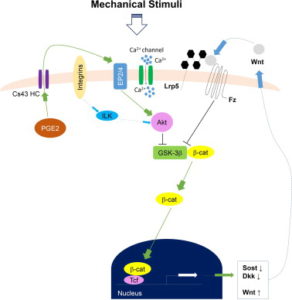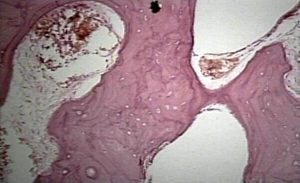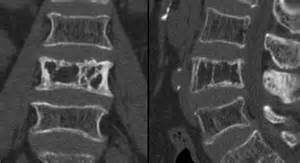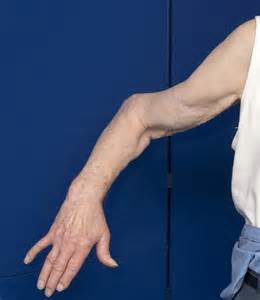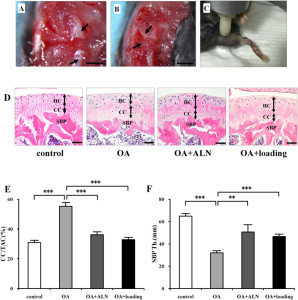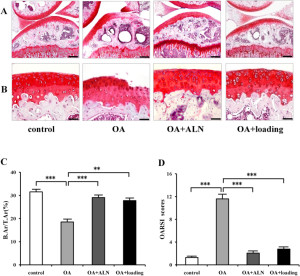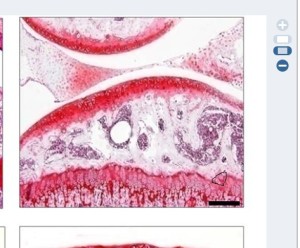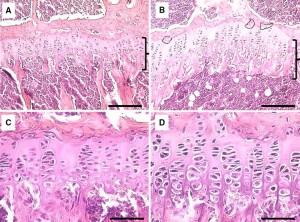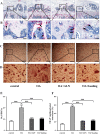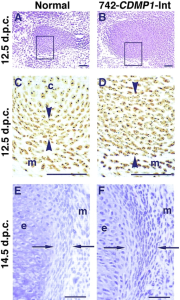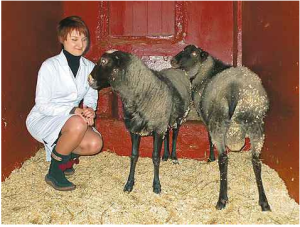 It has been maybe 6 months since I have talked about Teplyashin and his research in his plastic surgery clinics in Russia. Before, I had said that those rumors from one weird source of some obscure online websites back in 2012 were based on truth.
It has been maybe 6 months since I have talked about Teplyashin and his research in his plastic surgery clinics in Russia. Before, I had said that those rumors from one weird source of some obscure online websites back in 2012 were based on truth.
That was reported by me and this very website Natural Height Growth back in 2014. We were the ones that broke that story. Since then, that news has gotten their clinic a lot of attention, and they at the clinic have noticed too, if their website directly links to our website somewhere.
Let’s look back at what has happened so far since we last talked about him. It turns out that our very own website has now been linked to the Plastic Surgery clinic in Russia somehow. At least 1 person yesterday arrived onto the website through the url beauty-plaza.ru/ru_about_professor/ based on my website analytical tracking software. People are finding our website.
I looked on this url and tried to figure out where was the link to our website or our old post. I couldn’t find it (maybe it is in the source code of the webpage somewhere or someone typed our website in through the interactive chat popup function)
Here is what I noticed very quickly. That websites has been redone, with now much more information. Also, the other websites under the clinic have also been redone. Now, there is at least 4 main websites all linked together and run in some way under Teplyashin. A year ago when I was looking up this guy, I found him mentioned a lot on the Russian media websites which I had to find through the search engine yandex.com and use the Google Translator to figure out what was he saying and what others were saying about him.
This guy is a doctor, but his original Ph. D and research is on microbiology and unique plastic surgery techniques on the human breast. (That is interesting and relevant for me because I actually spent a summer of my undergraduate career at a very prestigious University doing microbiology research for a professor whose specialty was plastic surgery.) His main source of income seems to be for giving women who come to him better looking breasts. So he runs a normal, but elite type of cosmetic surgery practice
The first question I have to ask myself it this. Did his research team really implant “neo-epiphyseal hyaline cartilage” into bone non-unions of sheep legs to see if they would grow longer? At this point, I can confidently say that he and his team did.
However if you look at what his actual website says now, it says that the research they did on creating hyaline cartilage and mesenchymal stem cells is for the use of stem cell injections into the ends of long bones where the articular cartilage has been grounded down or deteriorated. Teplyashin’s research team has decided now to take their research and apply it for osteoarthritis applications, not height increase. It is still on cartilage regeneration and tissue engineering but the application is now shifted.
Why? It is 1000X much easier. This research that they have now written on their website and claims would be used for just makes sense. Osteoarthritis is a true serious problem that does need to be fixed. It is a condition that older people around the world suffer from which causes a lot of pain. We may be the ones complaining about being short and wishing to be taller, but there are actual people in the world who are much older than us who actually suffer through excrutiating pain.
There has been at least one person who has emailed them and contacted them asking whether their research can be applied to making people taller again. That url is now broken. Maybe it was still open back in 2013 when this website was much younger.
If you actually read the news from the stemcellrussia.com website it would tell you that it was only on April 6, 2016 that the clinic revealed that their research from the last half decade was now going to be used as a injection form to go into your leg to treat the cartilage degradation
What I can confirm to the hopefuls of using their research for height increase is that the researchers can confirmed to inquirers that their research can be used to lengthen bone. One inquirer named Talytha Sortino posted their question back in March 20, 2014. This person seemed to frequent the Make Me Taller Forum a lot and probably found my post saying that Teplyashin’s team succeeded in getting those sheep legs to be lengthened.
The person who replied back to them was Ekaterina Igorevna Kulneva, PhD, senior research at the Center of Cellular Technologies. (I used the WayBackMachine website and Chrome for automatic Google Translate)
This is what Google translated as her message
“Good Afternoon! Thank you for your interest in our company. In our center of cellular technologies developed a method for restoring bone. It is based on the implantation of biological equivalent bone created on the basis of their own stem cells. This method is effective for the recovery of large defects and bone, including for limb lengthening. The method has been successful preclinical trials.”
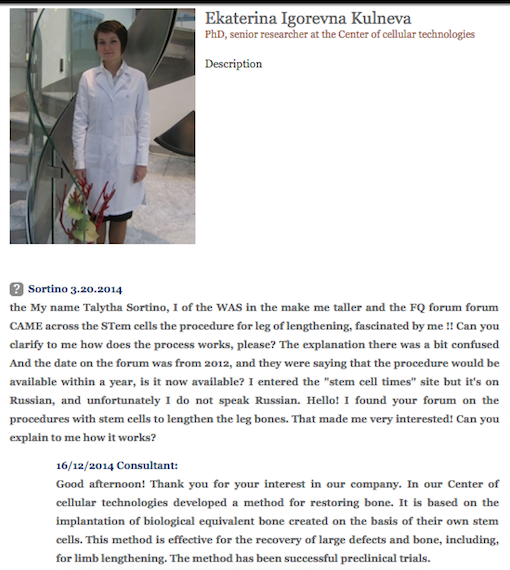
Another person asked a similar question. A Sebastian back in Dec 26, of 2013 asked a similar question of “I read that you guys have a stem cell method to increase…have a method to grow taller?”
I would like to cite here the fact that on the stemcellrussia.com website the website creators cite the fact that Alexander Teplyashin and his team of researchers actually wrote for industry accepted texts and medical reference books.
I refer to the Medical Reference Book “Bone Regeneration, Growth Factors, Augmentation Procedures, and Tissue Engineering Applications” – Edited by Vincent Legard and Remi Schluter. If you buy the book off of Amazon for the $240, and you turned to chapter 4. it is titled “Bone Tissue Engineering: Synthetic Materials and Stem Cells”. That specific chapter was written up by AS Teplyashin, El Kulneva, and SV Korzhikova.
The 2nd referenced book is “Stem cells and regenerative medicine” – Author: Ed. VA Tkachuk. You can refer to chapter 15 titled “Using Cellular technology in the creation of biological equivalents of bone tissue” This chapter was written by Teplyashin, Kulneva, and Korjkoff. So his team of Ph.Ds are not a group of stem cell crackpots and misfits who don’t have the resources and knowledge to get it to work out. They succeeded.
This plastic surgery and beauty clinic is completely legit. Not only that, it is not just a normal private practice plastic surgery clinic. This clinic is still doing real research, at least up to the preclinical level. What you would find most often in the USA with those Real House of Beverly Hills plastic surgeons is that those hot-shot type doctors have their own private practice making half a mil a year but they don’t do any type or real research. This is true for most doctors, who have a MD. MD means you work in the hospital and don’t really ever go back to research again, which is the job of the Ph.Ds. It is extremely rare that you find a person who has both a MD and a Ph.D perspective on things.
What I said about this guy when I found out about him back in 2014 being linked to dead fetuses found in barrels in the Ural Mountains a decade ago may be true, but that story probably had more to do with the legality of using embryo harvested stem cells after George W. Bush signed those documents back in the early 2000s banning stem cell research because he was too STEM ignorant to realize that stem cells don’t only come from embryos and unborn babies. Because of Bush’s actions from not knowing the science of stem cells well enough, our former president pushed back the progress that American scientists and researchers could have made on stem cells by at least 1 full decade, until Obama came along and reversed many of those older Bush decisions on banning stem cell research.
Alexander Teplyashin seems to be a superstar plastic surgeon that is basically known by the rich and powerful crowd of Moscow. It is possible that only the ultra rich, the billionaires and their wives/girlfriends/mistresses go see him at his clinic located somewhere in Moscow. He has been on talk shows, sat in on judge panels similar to Dancing With the Stars and America’s Got Talent as well as given hour long interviews over the radio to give his expert surgeon advice to women who want to see him to correct something about themselves cosmetically. The clinic has sent its sales reps to international legit medical conferences to present their research and findings and have filed at least 4 patents that I know of.
His clinic and his practice has been featured in dozens of magazines in Russia, usually talking about his amazing work in giving females amazing looking breasts. That is the greatest percentage of his clients. On the website you can see dozens of pictures of before and after photos of women chest, where before the breast were sagging, now the breast is perky and looks young and sexy again.
He is so famous and good of a plastic surgeon that back in Oct 21, of 2010 he was given the 1st place and voted the best foreign plastic surgeon in San Francisco.
What We Really Want and What Happened With the Stem Cell Technique?
In another source, which I will post very soon, it was revealed that his research on lengthening ram/sheeps legs was published in the newspaper “Moskovsky Komsomolets” №25512 from November 30, 2010 aka MK.RU
At the end of that article, he said to the press that they got the preclinical trails to be successful and was going to ask the Russian government permission to push forward with their goals of now going and doing clinical trials.
Let’s first define what the the term “clinical trials” even means. Clinical trials basically means in the medical industry to mean that actual humans will be experimented on. Preclinical trials are done on animals like mice, rats, pigs, monkeys, and in this case, sheep/ram.
It turns out that around the time they filed their forms and applications to start the clinical trials to test their new technique of lengthening bone on actual humans, the Russian politicians came in and reigned in the amount of stem cell research that was acceptable to be done in Russia. This was reported on the blog/news section on the website for Dec 20th, back in 2010. This is what basically stopped the research and the clinical trials from pushing forward.
This guy is actually extremely open and easy to talk to. He even offers free online consultations where you can ask him all sort os questions through Skype. Here is teplyashin’s Skype information.
username: beauty-plaza
the phone number for the clinic: +7 (495) 621 18 88
It was posted just this 16th of April (2016) in the blog/news section that every Wednesday from 1PM to 4PM Professor Teplyashin holds consultations over Skype.
The clinic have even done free consultations and competitions where females can win for a chance to get a free great lift from the clinic.
Side Note: There are some very negative websites that link to our website (sluthate, lookism, puahate) who have linked to our website since the beginning when we first started and something they have always complained about besides the height issue is that their face, is too ugly. In their heads the reason why they are having so much difficulty in finding romantic partners is only because they are too ugly and their face is something that that can’t be changed since your face is due to your facial bone structure, which has not been something you can change ever.
It turns out that in the “News” section of the Mainplastic.ru website, for Sept 28th, back in 2012 the clinic released this notice that you can now actually have bone tissue progenitor type stem cells injected into your cheeks to basically get high cheek bones.
That blog post says specifically “The slurry own bone cells injected endoscopically into the zygomatic subperiosteal region through minimal access in the temporal area. Is integrated into the bone structure, the cells begin their work – they gradually “build on” cheekbones, forming the desired and, most importantly, the forecast proportions of the face. Emphasize the natural, the perfect proportions of the face corresponding to the canons of the golden section of Leonardo da Vinci against puffy artificial persons migrating gel and lumps of fibrous tissue. The choice of our customers is obvious.”
This basically means that if one is truly insecure about one’s face, which is 90% determined by the bone structure and cartilage shape and form (This is exactly what the modeling and fashion industry has defined as beautiful. The modeling industry realizes that how attractive you are is 90% determined by the structure, form, and shape of your bone structure of your face). What this russian clinic has just said is that you can make your face more attractive with very targeted injections of bone cells to accentuate or reduce your bone structure in key areas.
Want high cheek bones? Check.
Want strong mandibular jaws like Brad Pitt? Check.
Want a strong, square chin? Check.
All of these things which you couldn’t do before is now possible, where your very own bones can be reformed and “grown” volumetrically, similar to how you form the thickness (and shape and form) of a candle by continuously dipping the original string into the wax, so that layer upon layer can slowly stack up onto each other until you get a 1 inch thick diameter of product. This is how the plastic surgeon like Teplyashin can grow your irregular bones outward, to give it definition and contours in just the right places to make your face “beautiful” .
This is probably how the Beauty Clinic run by Teplyashin can now even change your very skull bone structure and layout. Does it hurt? Minimally with a pinch like your regular botox shot maybe. A dozen sessions with the clinic and you find yourself with high cheekbones, strong jaw line, and a square chin. No surgery required. Is it that simple? I haven’t tried it myself but it could just be that simple.
Not only does his clinic say they can theoretically make you taller after your growth plates are fully closed, and make you change your facial bone structure until you become beautiful, they can even make you reverse in aging and grow younger in appearance, through the use of stem cells.
Final Note: This post will be the first of 3 posts I will be making about Teplyashin’s Research over the next few weeks because the amount of information and depth of his work is quite extensive, and from a first reading of the research they actually did, it looks like they did succeed.
If it wasn’t for the Russian politicians and their refusal to push forth with biomedical innovation, we probably might already would have had a working clinic now in Moscow offering his stem cell height increasing services for people around the world.
Could it be here already? I think so. When I guessed it would take a minimum of 15 years in the future for all the technical details to be worked out, I might be wrong. Maybe the future is already here.

